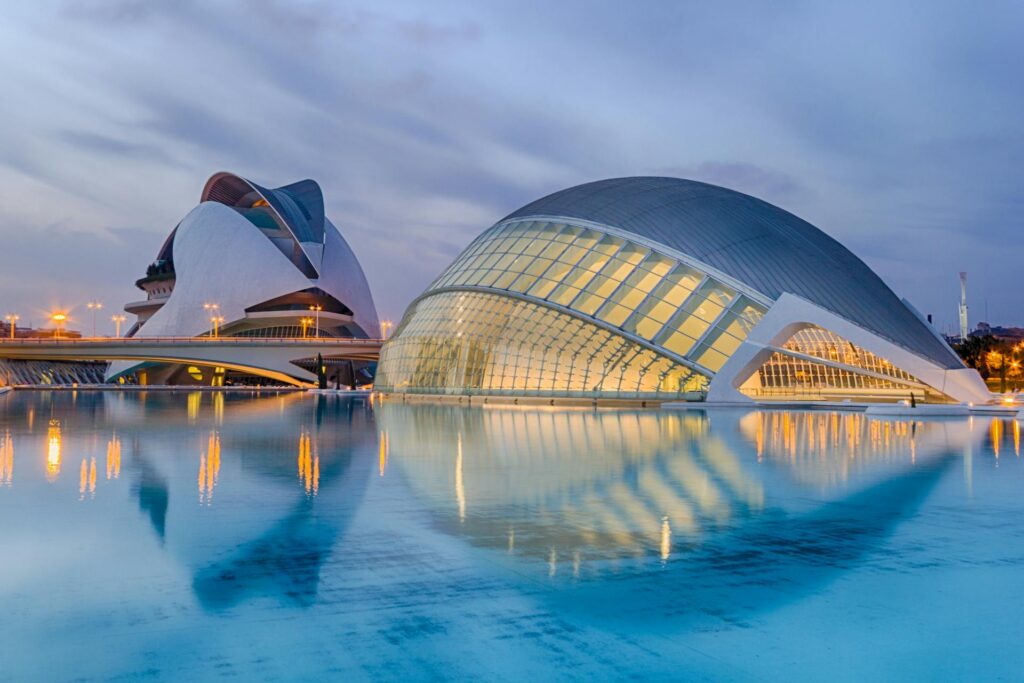Pioneering the Next Era of Green Building
The construction industry is undergoing a paradigm shift, prioritizing sustainability and environmental responsibility. With rising global awareness and stricter regulations, developers and engineers are embracing innovative solutions that minimize carbon footprints while enhancing efficiency. The future of sustainable construction is driven by cutting-edge technologies, eco-friendly materials, and forward-thinking strategies designed to create resilient, energy-efficient structures.
Key Trends Shaping Sustainable Construction
1. Net-Zero Energy Buildings (NZEBs)
Net-zero energy buildings generate as much energy as they consume, significantly reducing reliance on traditional power sources. Through the integration of solar panels, wind energy, and high-efficiency HVAC systems, NZEBs are setting new standards for sustainability in urban development.
2. Smart & Adaptive Building Technologies
Advancements in AI, IoT, and smart sensors allow buildings to self-regulate energy consumption, lighting, and climate control in real time. These adaptive systems optimize resource use, improve occupant comfort, and reduce operational costs, making structures more efficient and environmentally friendly.
3. Sustainable & Recycled Materials
The use of eco-friendly materials, such as cross-laminated timber (CLT), bamboo, recycled steel, and low-carbon concrete, is gaining momentum. These materials not only reduce waste but also enhance structural integrity and sustainability across the construction lifecycle.
4. Modular & Prefabricated Construction
Prefabrication techniques significantly minimize construction waste, reduce energy consumption, and accelerate project timelines. Modular construction also allows for greater precision and efficiency, making it a cornerstone of future sustainable development.
5. Water Conservation & Management
Innovative water-saving solutions, such as greywater recycling, rainwater harvesting, and water-efficient fixtures, are becoming integral to sustainable design. These initiatives ensure responsible water use, addressing the growing global water scarcity challenges.
6. Green Certification & Compliance
LEED (Leadership in Energy and Environmental Design), BREEAM, and WELL certifications are now standard benchmarks for sustainable construction. Meeting these global standards ensures that buildings are designed, constructed, and operated with minimal environmental impact.
Innovations Driving the Future
Biophilic & Nature-Integrated Design
Architects are increasingly incorporating green roofs, living walls, and indoor plant systems to enhance biodiversity, improve air quality, and promote well-being. These nature-integrated designs create healthier and more productive environments for occupants.
3D Printing & Sustainable Construction
The rise of 3D printing in construction is revolutionizing the industry by reducing material waste, cutting costs, and enabling rapid project completion. Innovations in sustainable concrete and bio-based printing materials are further enhancing the eco-friendliness of this technology.
Circular Economy in Construction
A circular approach focuses on reusing, repurposing, and recycling construction materials to minimize waste. Deconstruction strategies and material recovery initiatives are shaping a more sustainable industry, reducing landfill contributions and conserving natural resources.
The Road Ahead
The future of sustainable construction is bright, with technological advancements and eco-conscious initiatives reshaping the industry. As climate concerns continue to grow, developers and stakeholders must prioritize green solutions that promote energy efficiency, resource conservation, and long-term sustainability. By adopting these emerging trends and innovations, the construction sector will play a pivotal role in building a greener, more resilient future for generations to come.


